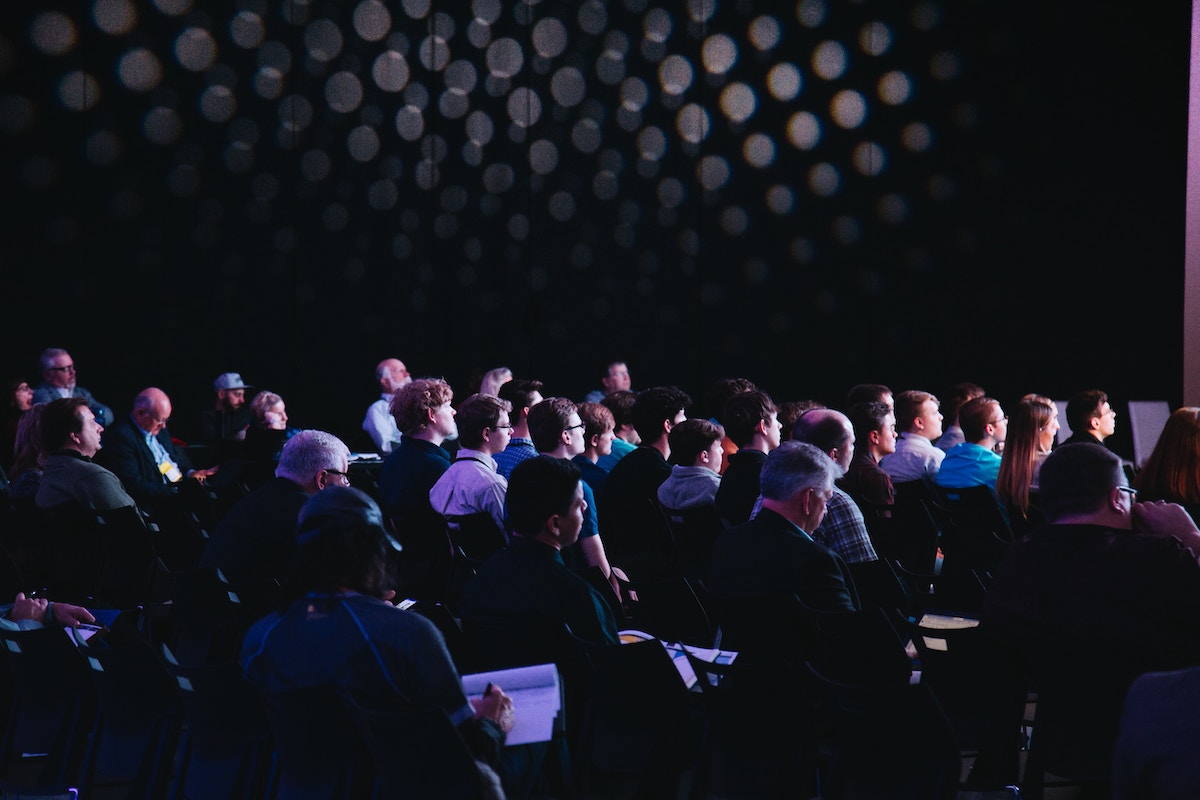x
READY TO BECOME A MEMBER?
Stay up to date on the digital shelf.
x
THANK YOU!
READY TO BECOME A MEMBER?
THANK YOU!

“2023 was very much a feeling that … we were moving past this period of extreme volatility.”
— Russ Dieringer, CEO, Stratably
If you want to understand the pulse of ecommerce trends that will reshape the industry in the coming years, there’s probably no better place to be than the Consumer Analyst Group of New York (CAGNY) conference.
Every year, C-suite leaders in the consumer packaged goods (CPG) industry gather at the conference to discuss the business of commerce.
One such leader was Russ Dieringer, CEO of Stratably, a research and analyst firm that provides relevant and timely insights to digital commerce professionals. Dieringer joined a recent episode of the “Unpacking the Digital Shelf” podcast — titled “The Scoop from CAGNY” — to share the key themes and main takeaways from the conference and what they signal about where consumer packaged goods (CPGs) and ecommerce are headed next.
Inflation and supply chain issues dominated the conversation from 2020 to 2022, but Dieringer says the “return to normal” was the running theme during this year’s CAGNY conference.
“2023 was very much a feeling that cut across essentially all of the presenting companies that we were moving past this period of extreme volatility,” he says.
Many CPG companies experienced rapid growth during the pandemic, but they also realized this growth wasn’t sustainable. At CAGNY, several leading CPG brands said a return to low single-digit growth would likely be the norm going forward.
They also expect less volatility and plan to focus on what Dieringer calls “common value-driving initiatives,” such as product innovation, portfolio diversification, and acquisitions.
Not surprisingly, digital is front and center for CPG brands.
“This year, as more companies started to look further out into the future,” Dieringer says, “they did start to talk about digital much more prevalently than they have in the past.”
Digital comprises a growing percentage of business for many CPG brands. During the conference, Colgate-Palmolive, General Mills, and Kellogg's even shared that digital sales had now surpassed their in-store sales — a significant shift for these large, more established players.
Dieringer says he thinks this shift is happening because several CPG organizations have invested in digital over the last decade, grown their expert teams, and capitalized on lessons learned during the pandemic.
They’re also in a stronger financial position than younger and often smaller digitally native brands, so they’ve been able to weather the ongoing market volatility much better than other competitors in the category.
“These organizations have gotten smarter and they're just putting more muscle behind it,” Dieringer says. “It helps that they don't have to be raising these financing rounds in order to stay in business. They're self-funding, just because of how big these organizations are.”
CPG brands are focused on increasing media efficiency, which is also closely tied to increasing their spend on digital channels.
Dieringer says many CPG brands have increased their digital spend in recent years, with brands commonly spending 50-60% of their marketing budget on digital channels.
“Their commentary … suggested they're going to continue to push that figure higher because they're just seeing such a positive outcome as a result,” he says.
Retail media is one place where CPG brands continue to invest, and many view it as a way to improve media efficiency.
Part of what’s driving this new focus, Dieringer says, is that growing privacy concerns around social media have made it more difficult to measure the return on investment (ROI) of social media ad spend. Some of the money previously dedicated to this channel has shifted to retail media.
“Retail media was mentioned in the same breath as what they're doing on social media, or what they're doing on connected TV,” he says. “There was no separation — at least in their presentations — around the role of retail media. This is media. This is part of how we're spending our marketing budgets — and it's a core part of it.”
Most CPG brands are still maturing their first-party data capabilities. While there was a lot of discussion around collecting first-party data at CAGNY, Dieringer says the conversations lacked a focus on the business value of first-party data.
“All of these organizations, they know and they feel like they should be collecting it, and that's what they're working on,” he says. “They're building up these data repositories, but how are they deploying it? How are they using it to drive media efficiency? That was a little bit of a gap from my perspective.”
Dieringer expects this conversation to progress over the next year, especially as new tools like Amazon Marketing Cloud emerge that hopefully help CPG organizations more effectively deploy first-party data to activate their audience and boost media efficiency.
“There are big efforts underway to try to collect this type of information from consumers. It's not easy to do, so the companies that are able to do that are going to have an advantage over the long term.” — Russ Dieringer, CEO, Stratably
If 2023 represents a return to normal for CPGs and other brand manufacturers, then 2024 will likely be all about optimization and driving profitability.
As CAGNY illustrates, CPG leaders are focusing their efforts in the right direction. Their organizations are investing in digital, dedicating more of their spend to retail media, and building their first-party data capabilities — all with an eye on increasing media efficiency.
They’re not just gradually developing their ecommerce capabilities but evolving into omnichannel organizations. In doing so, they’ll be better equipped to compete both on and off the digital shelf.
To hear more of Dieringer’s insights on the future of ecommerce for CPG brands, listen to the full episode.